Youtube channel with short videos
Application project of motor driver
Works with my RS485 controller
Specs:
- M2 mounting holes on a 32mm diameter circle
- 27mm x 27mm x 0.8mm, 4-layer, 1oz copper PCB
- 7-15V input, built-in voltage sensing
- Internal temperature sensor
- 12-bit magnetic angle sensor
- 3 shunt current sensing and overcurrent protection
- 2x 2-pin JST-SH connectors for I2C for RS-485 communication, allowing daisy chaining
- 1x 4-pin JST-SH connector for Serial Wire Debug programming and UART output
- External SPI for mounting encoder farther away
- NTC thermistor for monitoring coil temperature
Critical components:
- STSPIN32F0A BLDC gate driver and Cortex-M0 MCU
- MA702 magnetic angle sensor
- CSD88584Q5DC dual MOSFETs (40A continuous)
Tested:
- 12200 rpm with a 1800KV motor
- 12A bus current at full torque stall
- Position, velocity, voltage, and current control over RS485
- Field oriented control (FOC)
Should be possible:
- 50A continuous, 110A peak phase current
- Temperature-dependent current limiting
Status: Currently working on NTC temperature monitoring and current control loop gains
 Christopher Xu
Christopher Xu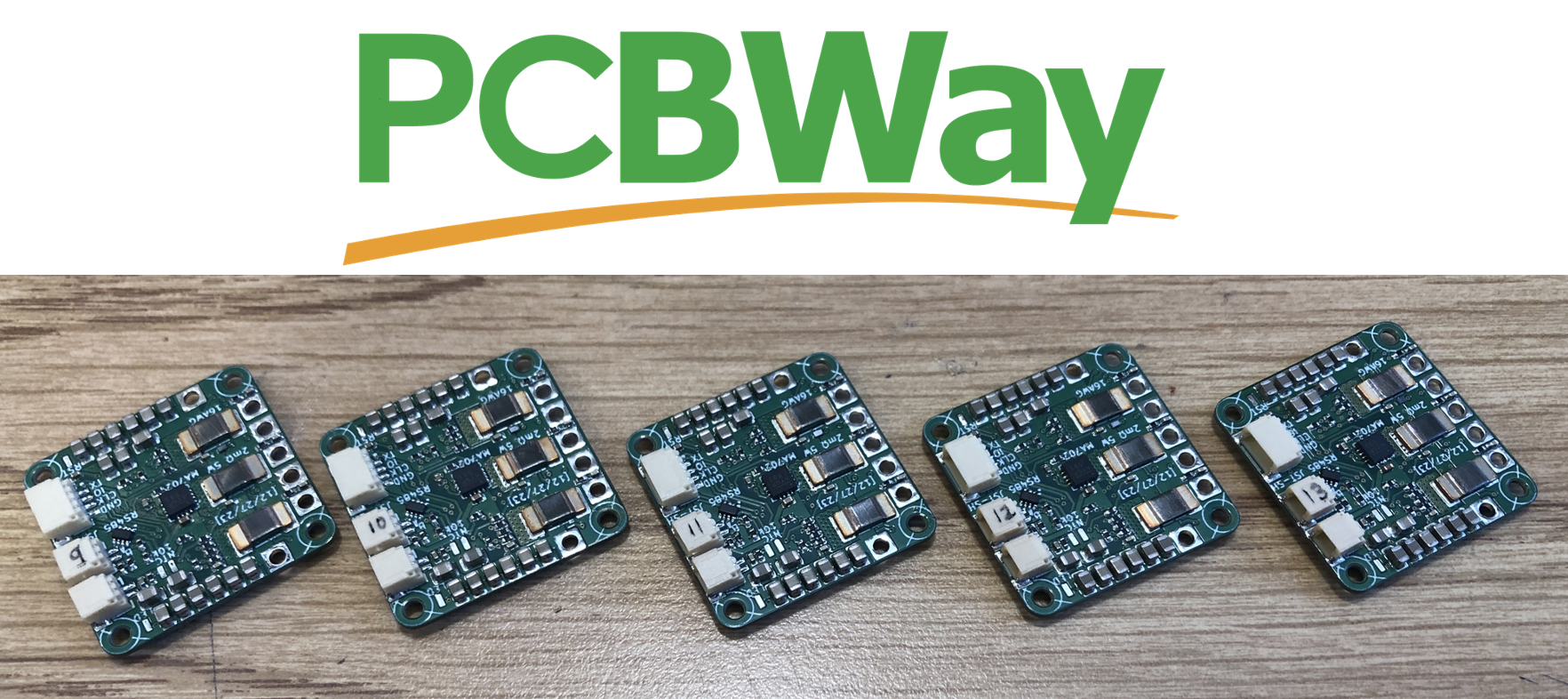
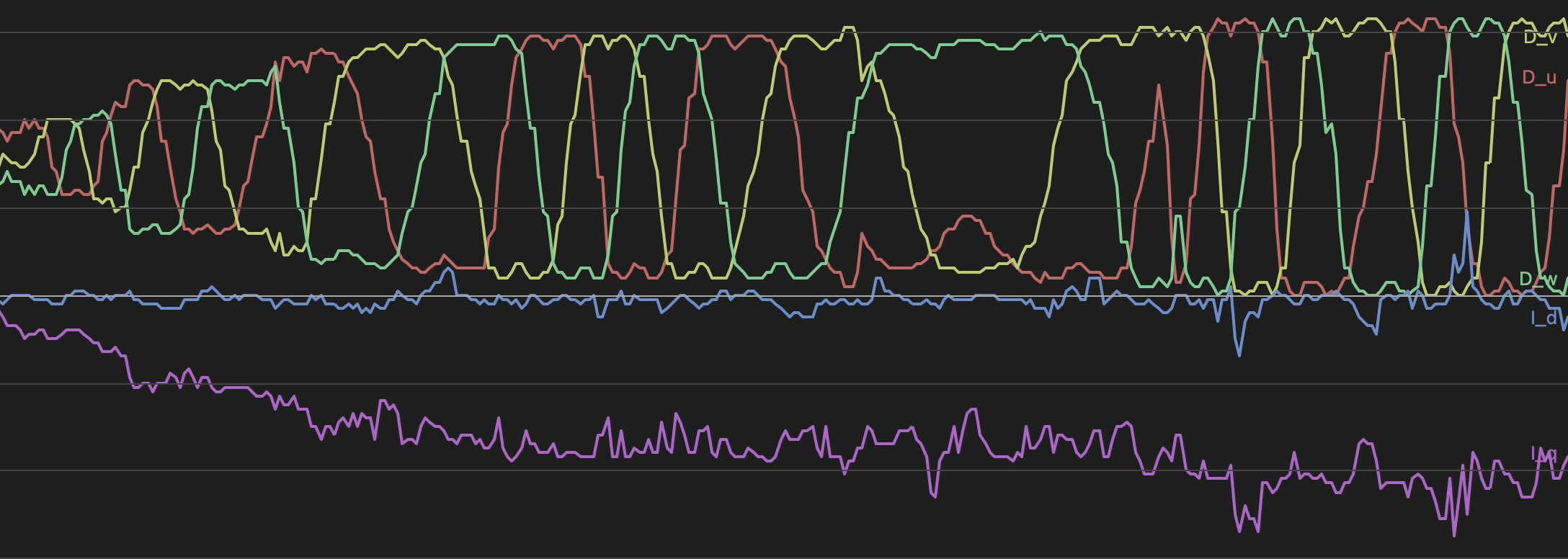
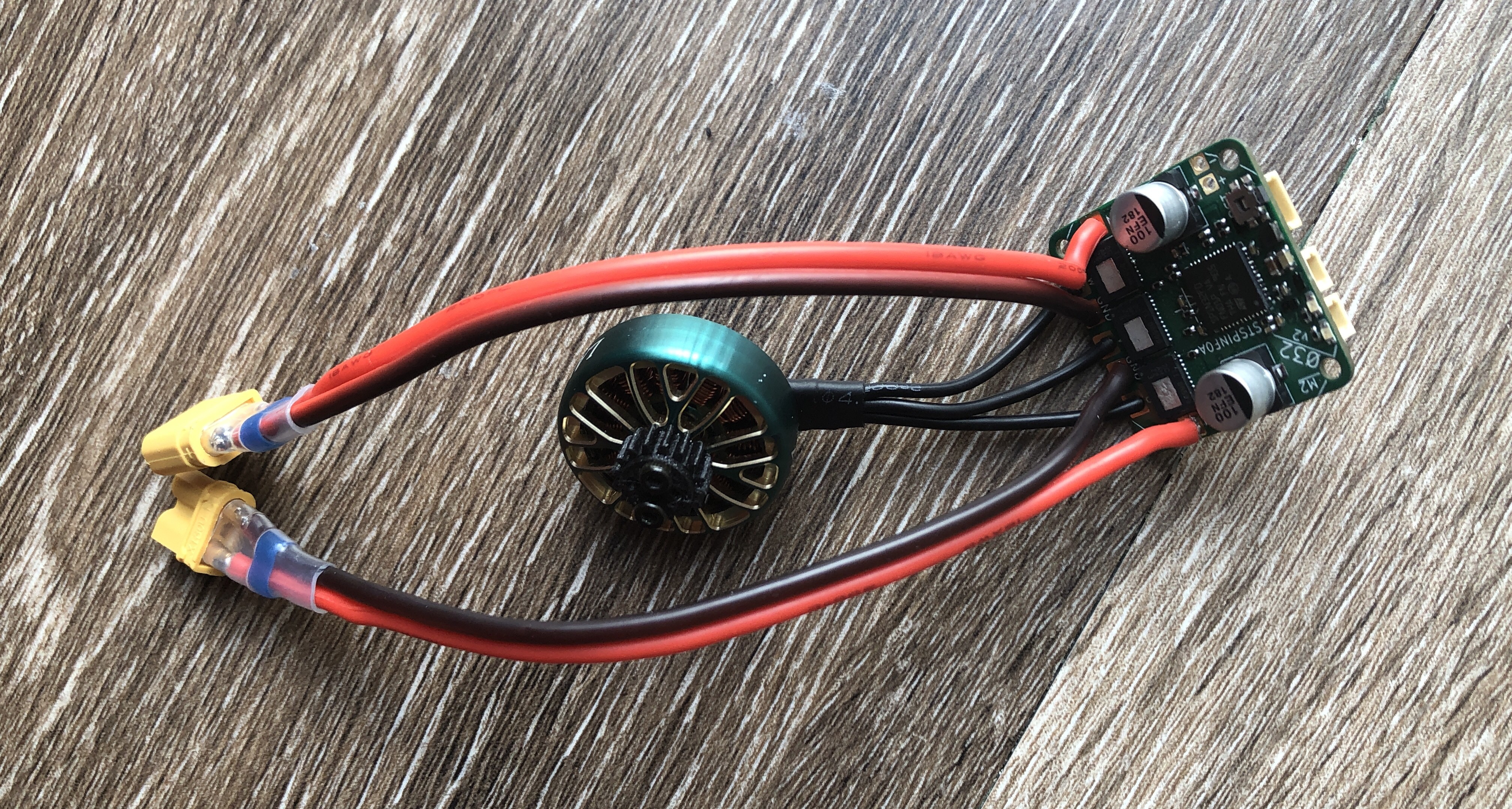

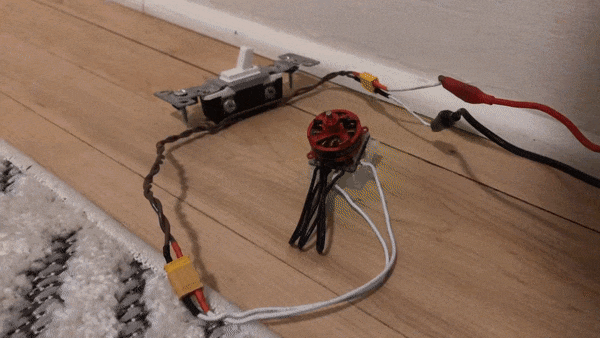
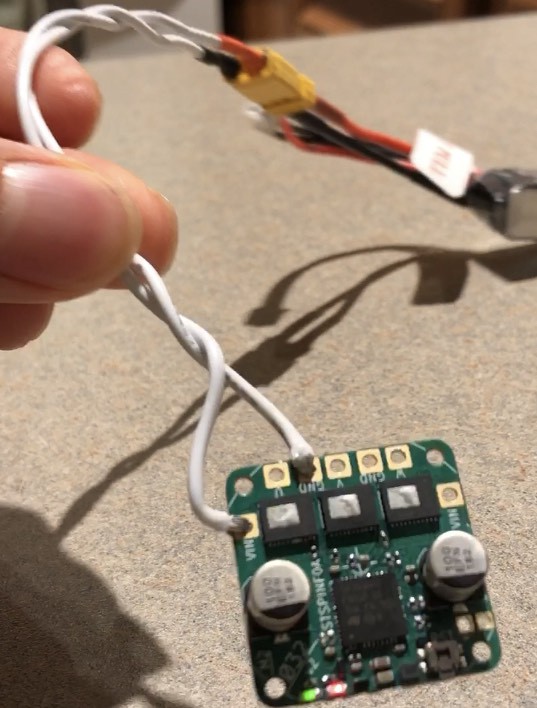
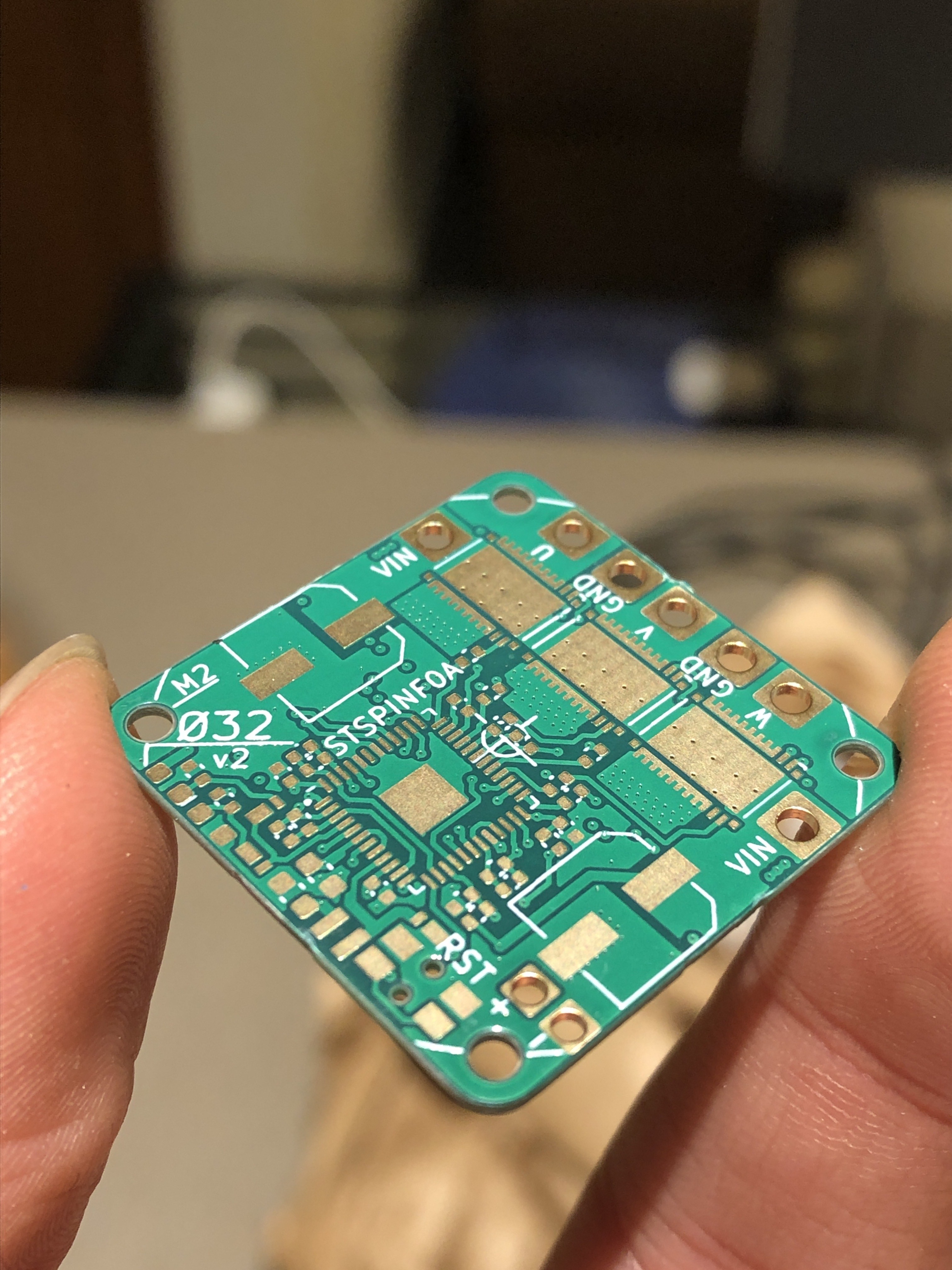
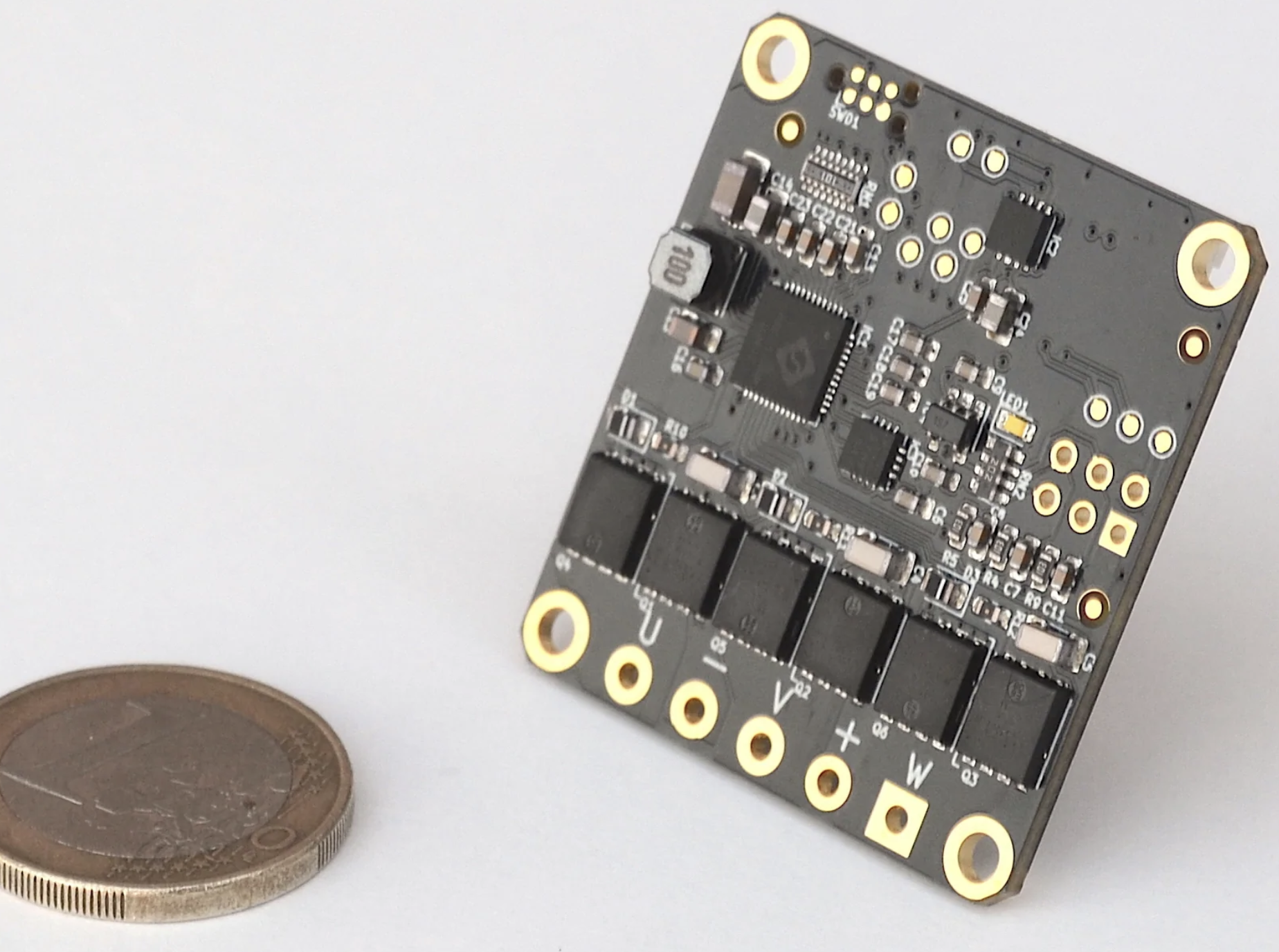
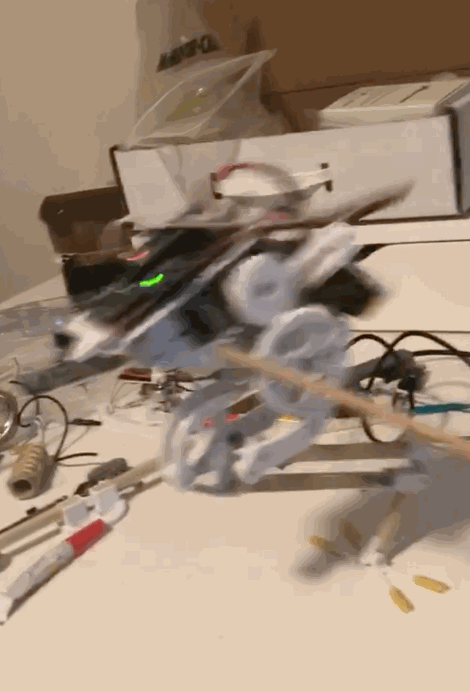

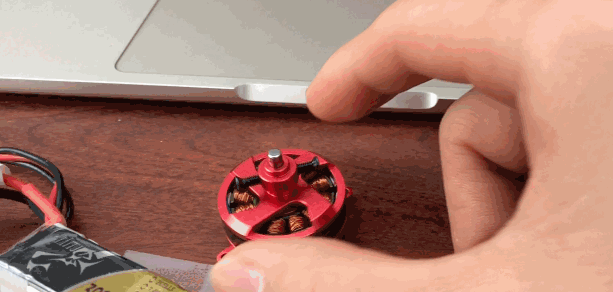


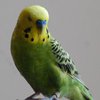

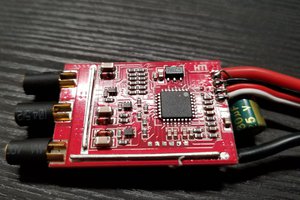
 Anthrobotics
Anthrobotics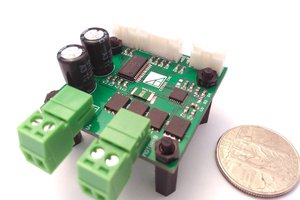
 ottoragam
ottoragam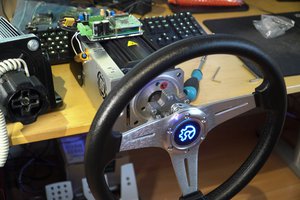
 Yannick (Gigawipf)
Yannick (Gigawipf)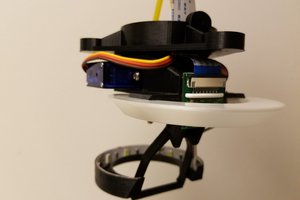
 Daren Schwenke
Daren Schwenke
Do you wanna make regenerative braking a feature in the future?